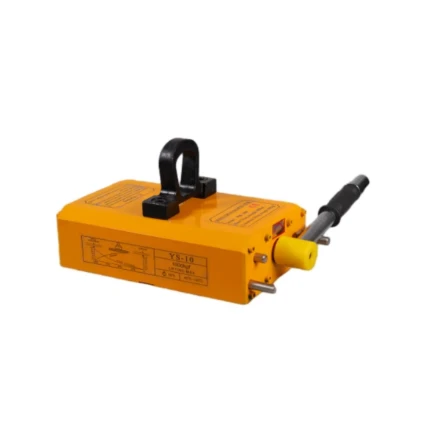Cargo trolley wheel options for efficient transportation and smooth mobility solutions
The Importance of Cargo Trolley Wheels in Modern Logistics
In the fast-paced world of logistics and transportation, efficiency and functionality are paramount. One of the often-overlooked components that play a crucial role in enhancing operational effectiveness is the cargo trolley wheels. These wheels are not just simple components; they embody innovation and engineering that facilitate the smooth movement of goods across various platforms.
Cargo trolleys are essential in warehouses, airports, shipping ports, and retail environments, where heavy loads need to be transported efficiently. The design and material of cargo trolley wheels greatly influence the trolley’s performance, durability, and ease of use. Typically, these wheels are constructed from materials like rubber, polyurethane, or nylon, each offering unique benefits that cater to specific operational needs.
Material Matters
Rubber wheels, for instance, are known for their superior shock absorption and noise reduction, making them ideal for indoor environments. They navigate smoothly over uneven surfaces, providing a quiet operation that is often necessary in retail spaces or hospitals. On the other hand, polyurethane wheels are gaining popularity due to their durability and resistance to wear and tear. They provide a hard surface that allows for smooth rolling, making them excellent for heavier loads and outdoor use where terrain can be more challenging.
Nylon wheels, while less common for heavy-duty applications, have their advantages. They are lightweight, resistant to moisture, and perform well in high-speed scenarios, which makes them suitable for certain specialized trolleys. Each material brings advantages that cater to the specific needs of the industry, emphasizing the importance of selecting the right type of wheel for the job.
Design Features That Enhance Performance
cargo trolley wheels

In addition to material, the design features of cargo trolley wheels significantly impact their efficiency. Swivel wheels, for example, allow for better maneuverability in tight spaces, making them ideal for environments like warehouses, where quick directional changes are necessary. Fixed wheels, meanwhile, provide stability and are typically used in situations where linear movement is favored without the need for frequent direction changes.
Moreover, the diameter of the wheels can also influence performance. Larger wheels can roll over obstacles more easily and are less likely to get stuck, which can be a lifesaver in busy ports or large distribution centers. Conversely, smaller wheels can facilitate lower profiles, making them more suitable for applications where height is a constraint.
Maintenance and Longevity
Regular maintenance of cargo trolley wheels can drastically extend their lifespan and improve operational efficiency. Simple practices such as routine inspections, cleaning debris, and lubricating the bearings can prevent significant wear and tear, thereby reducing operational costs. Businesses that invest time and resources into maintaining their equipment often find that it pays off in improved performance and longevity.
Conclusion
As logistics and cargo handling continue to evolve with technological advancements and changing market demands, the role of cargo trolley wheels will remain essential. Their contribution to enhancing efficiency, safety, and functionality in transporting goods cannot be underestimated. By choosing the right wheels based on material and design, businesses can optimize their operations, reduce downtime, and ultimately lead to better service delivery. In a world where speed and efficiency are critical, the humble cargo trolley wheel stands as a testament to the complexities and innovations in logistics.
-
Unlock Seamless Relocation with Our Heavy Equipment Moving ExpertiseNewsJun.06,2025
-
Unleash Unrivaled Flexibility with Our Adjustable Gantry CraneNewsJun.06,2025
-
Unleash Heavy-Duty Efficiency with Our Industrial Gantry Crane SolutionsNewsJun.06,2025
-
Revolutionize Steel Handling with Our Magnetic Lifter RangeNewsJun.06,2025
-
Master Equipment Mobility with Premium Machinery Mover SolutionsNewsJun.06,2025
-
Elevate Your Material Handling with Magnetic Lifter TechnologyNewsJun.06,2025
-
YS Permanent Lifting Magnets: The Smarter Way to Handle SteelNewsMay.22,2025
